The Great Economic Gamble That Nearly Toppled a Nation
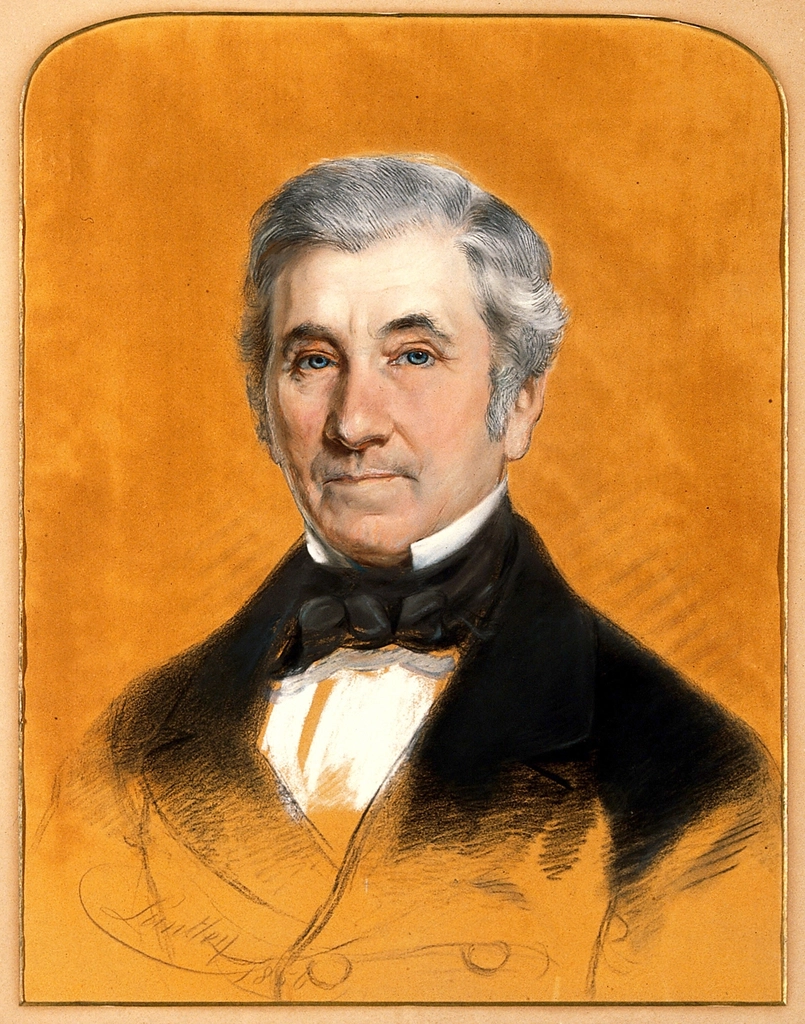
When James Marshall discovered glittering flakes in a California stream in 1848, he unknowingly triggered one of the most dangerous economic experiments in American history. The gold extracted reached staggering amounts—$10 million in 1849, $41 million in 1850, $75 million in 1851, and $81 million in 1852, drawing approximately 300,000 people to California from across the United States and abroad. What appeared to be America’s golden ticket to prosperity nearly became its economic death sentence.
The sheer scale of this mineral wealth pouring into the economy created unprecedented challenges. Because precious metals formed the base of the monetary system, the sudden influx increased the money supply dramatically, resulting in inflation that saw wholesale prices surge by thirty percent between 1850 and 1855. This wasn’t just California’s problem—it threatened the entire nation’s financial stability.
The Inflation Monster Awakens

The rapid influx of gold expanded the U.S. money supply, exacerbating inflationary pressures that increased nationally by approximately thirty percent, while California experienced inflation as high as one thousand percent in some areas. Simple goods became luxury items overnight. Coffee that once cost pennies now demanded dollars, and basic supplies reached astronomical prices that few could afford.
In San Francisco, daily wages for laborers jumped from six dollars to sixteen dollars between 1848 and 1849, while the prices of daily goods increased with matching speed. Yet even these dramatic wage increases couldn’t keep pace with the runaway cost of living. Laundry became so expensive that it was cheaper to ship dirty clothes to Hawaii for washing, and many suppliers like Sam Brannan became millionaires while prospectors struggled.
The Original Owner’s Financial Catastrophe
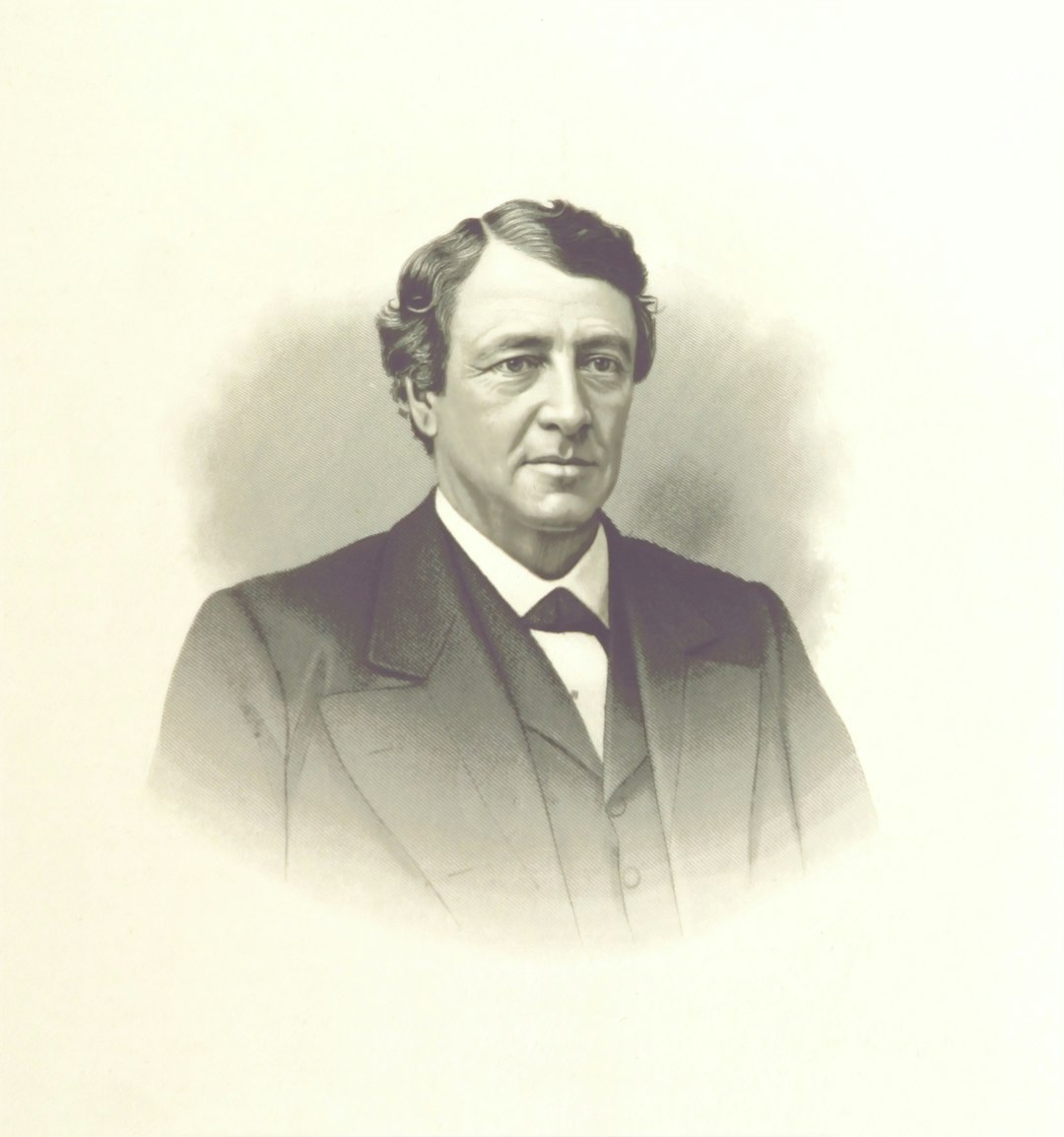
The discovery of gold brought disaster to John Sutter, whose land was overrun by prospectors who stole and destroyed his goods and livestock, and when U.S. courts denied title to his Mexican grants, his ruin was complete—by 1852 he was bankrupt. The man whose property sparked America’s greatest gold rush became its most famous casualty. This irony perfectly illustrated how the rush could destroy even those it should have enriched.
His land was overrun by prospectors causing significant damage and disruption to his operations, while property rights were constantly challenged and legal battles drained his resources, forcing him into bankruptcy by 1852. Sutter’s story became a cautionary tale of how uncontrolled economic booms could devastate even the most established enterprises. His downfall foreshadowed the broader economic instability that threatened the entire nation.
The Labor Crisis That Crippled Industries
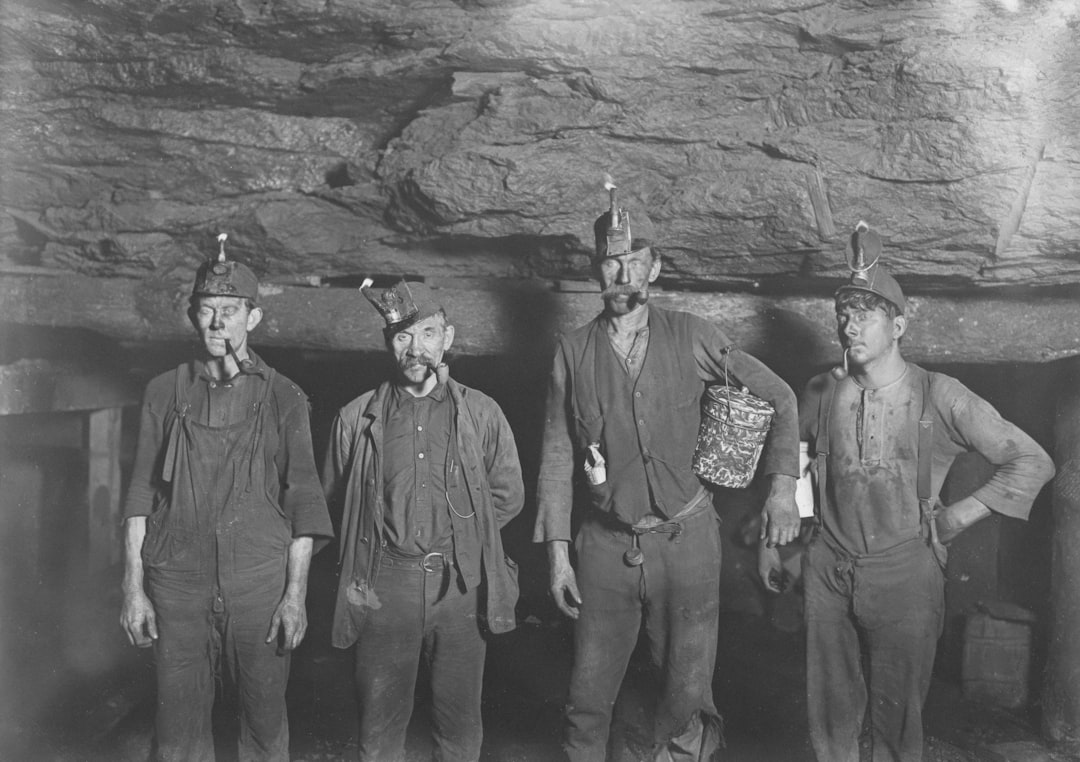
The Gold Rush created a severe lack of labor in non-gold mining industries not just in California, but in areas such as Great Britain, China and Hawaii—all of which experienced mass emigration in the wake of Gold Fever. Entire sectors of the economy ground to a halt as workers abandoned their posts for the promise of instant wealth. Farms lay fallow, factories shuttered, and essential services collapsed as the workforce fled westward.
Word quickly spread, and within a few weeks, all of Sutter’s employees had left to search for gold, and when news reached San Francisco, most inhabitants abandoned the town and headed for the American River, with thousands of California’s residents going north to the goldfields by year’s end. This mass exodus created a domino effect that rippled through the entire economy.
The Banking System Under Siege

The early 1850s had great economic prosperity stimulated by the large amount of gold mined in the California Gold Rush that greatly expanded the money supply, but by the mid-1850s, the amount of gold mined began to decline, causing western bankers and investors to become wary. The banking system, already strained by rapid monetary expansion, faced new pressures as gold production became unpredictable.
Banks struggled to maintain stability as enormous amounts of gold flooded the system faster than the economy could absorb it. As miners extracted large quantities of gold totaling eighty-one million dollars in 1852, the U.S. Mint ramped up coin production, and gold coins like the Gold Double Eagle became common currency as the newly discovered gold backed paper money. This rapid monetization created systemic risks that threatened the entire financial infrastructure.
The Price Explosion That Crushed Consumers

Between 1848 and 1855, prices for everyday items like coffee and boots rose dramatically, reducing the purchasing power of the dollar, especially in the short term, as goods became more expensive. Working families found themselves unable to afford basic necessities as their wages failed to keep pace with skyrocketing costs. What had been affordable luxuries became impossible dreams for ordinary Americans.
The price spiral created a vicious cycle where increased costs drove demand for higher wages, which in turn fueled more inflation. The combination of mining opportunities and falling supply of common labor pushed up real wages of common laborers in California by an astonishing five hundred fifteen percent between late 1847 and 1849, but even after hundreds of thousands arrived in 1860, laborers’ wages were still almost four times higher than originally.
The Transportation Bottleneck Crisis
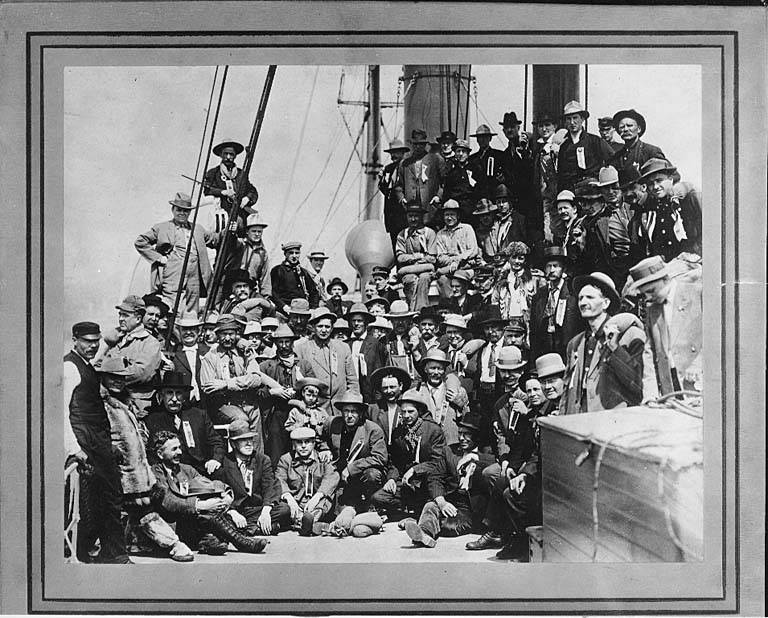
The massive migration westward created unprecedented strain on America’s primitive transportation network. The fervor surrounding the Gold Rush led to a revolution in transportation, with new roads, bridges, ferries, wagons and steamships created to help prospectors reach California, culminating in the building of the isthmus across the Panama Canal to significantly hasten travel time. However, these improvements came at enormous cost and often too late to prevent economic disruption.
From the East, prospectors sailed around Cape Horn or risked disease hiking across the Isthmus of Panama, while the hardiest took the 2,000-mile overland route, on which cholera proved a far greater killer than Native Americans. These dangerous and expensive journeys drained resources from productive economic activities and often ended in financial ruin for participants.
The International Economic Contagion
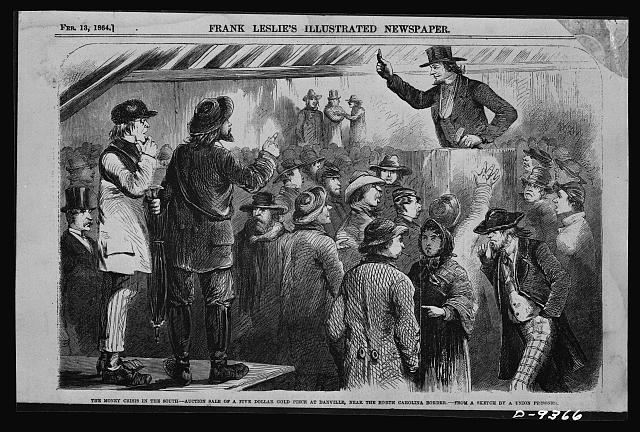
While the Gold Rush helped boost the international economy as businesses in other countries sought to meet demands of gold prospectors, the increasing amount of gold in circulation resulted in higher prices for commodities as well as inflationary shock, as the monetary standard of the time was backed by precious metals. America’s gold rush became a global economic problem as inflation spread beyond national borders.
California-based businesses weren’t the only ones benefiting from the Gold Rush, as foreign producers and manufacturers found new markets for their products, with agricultural producers in Chile finding new consumers for fruit, China exporting significant amounts of sugar, and Norway eyeing California for naval shipping opportunities. This international scramble disrupted established trade patterns and created new economic dependencies that proved fragile.
The Panic That Nearly Broke the Nation
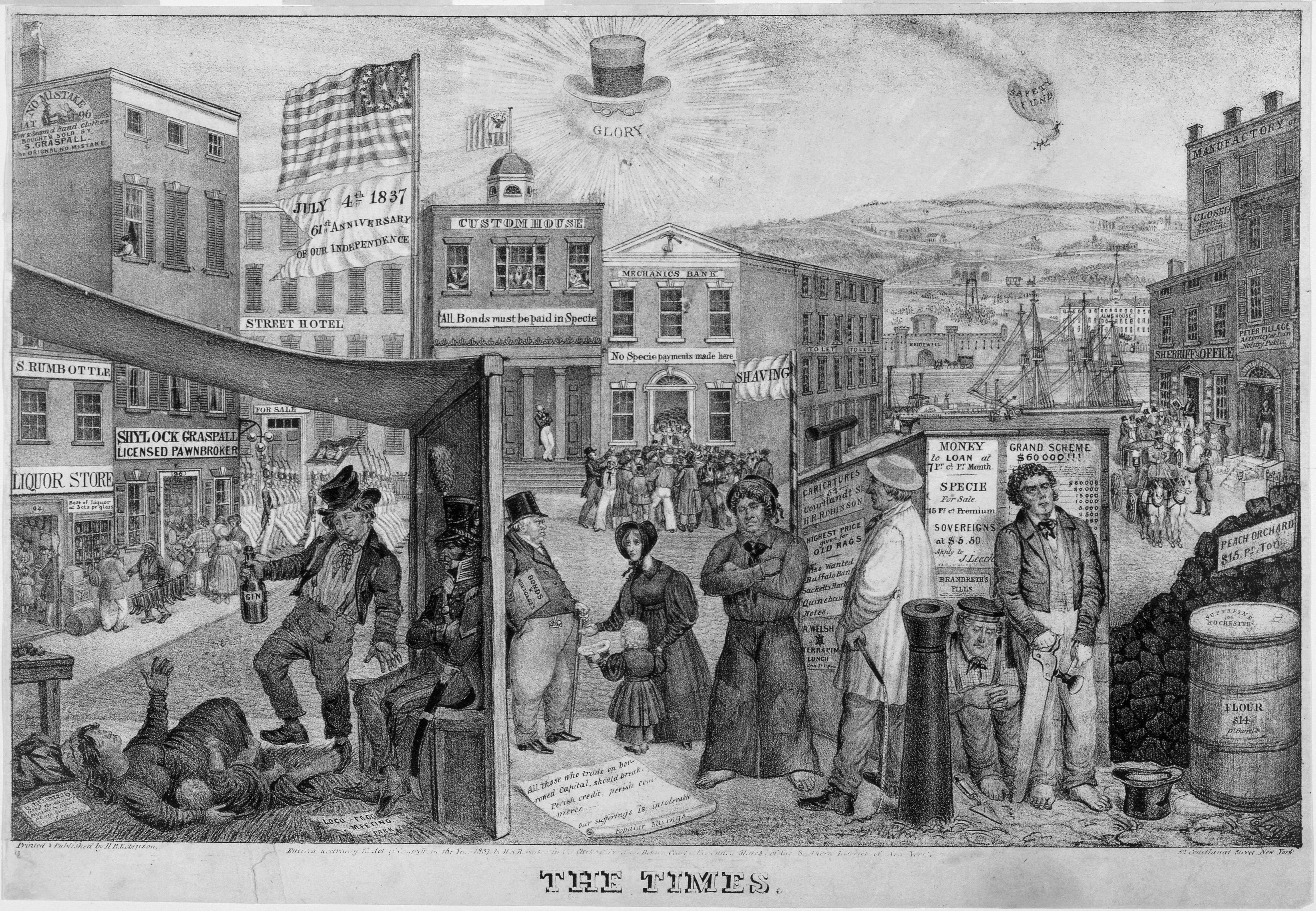
The Panic of 1857 was a financial crisis in the United States caused by declining international economy and over-expansion of the domestic economy, and because of the telegraph invention in 1844, it was the first financial crisis to spread rapidly throughout the United States and became the first worldwide economic crisis due to increased global interconnection. The Gold Rush had set the stage for this catastrophic collapse by creating unsustainable economic conditions.
The sinking of SS Central America in September 1857 contributed to the panic, because New York City banks were waiting on its much-needed shipment of gold. This single event demonstrated how dependent the entire economy had become on California’s gold production, creating a dangerous vulnerability that nearly toppled the financial system when disrupted.
The Environmental and Social Devastation

Using hydraulic mining techniques, large companies extracted one hundred seventy million dollars in gold between 1860 and 1880, but in the process they devastated the landscape and choked rivers with sediment that washed downstream and flooded farmlands, ruining crops until a court ruling ended hydraulic mining in 1884. The environmental destruction created long-term economic costs that far exceeded the short-term gains from gold extraction.
As for California’s native people, one hundred twenty thousand Native Americans died of disease, starvation and homicide during the gold rush. This massive loss of human life represented not just a moral catastrophe but an economic one, as it destroyed established communities and labor systems that had sustained the region for centuries.
The Corporate Takeover and Individual Ruin
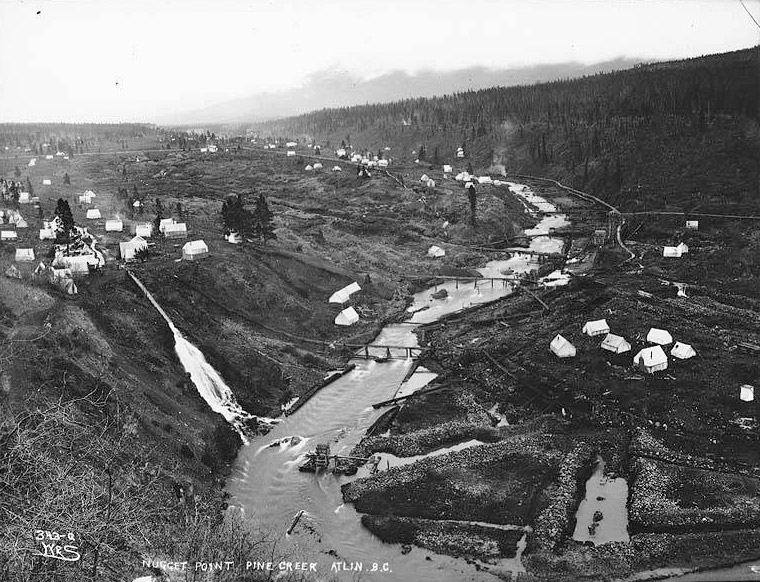
Independent miners were supplanted by companies that could afford hydraulic mining technology and hire laborers, and although five hundred fifty million dollars worth of gold was found in California between 1849 and 1850, very little went to individuals since they could not compete with large corporation efficiency and resources. The democratic promise of the Gold Rush quickly gave way to corporate consolidation that concentrated wealth in few hands.
As surface gold disappeared, individual miners found their dreams of cashing in growing more elusive, with many going to work for larger mining companies that invested in technology to reach below-surface gold, making mining less an individual enterprise and more a wage labor job by the mid-1850s. This transformation destroyed the entrepreneurial spirit that had initially driven the rush and created new forms of economic dependency.
The Long Road to Recovery

Although the short-term impact included inflation and reduced dollar purchasing power, the long-term benefits were significant as wealth generated by gold mining helped stimulate investments in businesses and infrastructure, and the broader U.S. economy eventually absorbed the increased money supply as production expanded andinflationary pressures eased. Recovery came slowly and at enormous cost to individual Americans and the broader economy.
By the late 1850s, the dollar’s value had begun to stabilize as the rush’s economic growth, particularly in western states, helped balance inflationary pressures, and wealth generated during the Gold Rush contributed to westward expansion and development, providing financial foundation for future growth. America had survived its brush with economic disaster, but the scars remained visible for decades.
The Gold Rush stands as a stark reminder that sudden wealth can be as dangerous as sudden poverty. While America ultimately recovered from this near-catastrophic economic experiment, the cost in human suffering, environmental destruction, and financial instability served as a crucial lesson about the perils of uncontrolled economic booms. The glittering promise of easy riches had nearly bankrupted the nation it was supposed to enrich.






